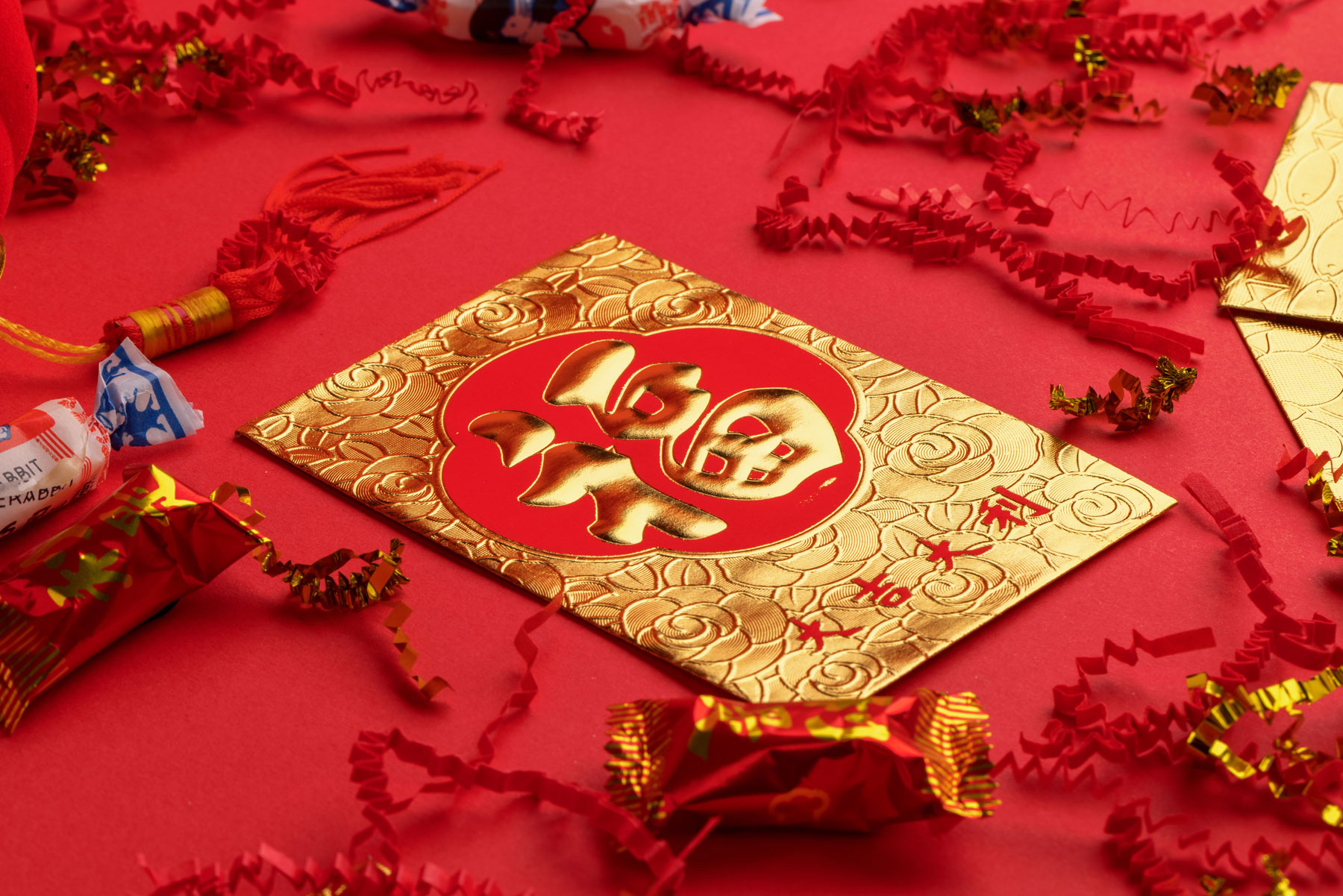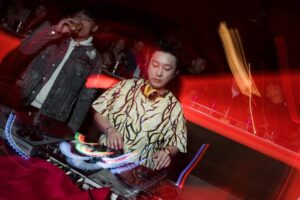In case you haven’t been tipped off by the traditional festive decorations, abundant reunion dining offerings in restaurants, elegant qipao collections, and Year of the Tiger themed watches, bags, and beauty releases, Chinese New Year is almost here.
A celebration that’s been around for more than three millennia, the start of a new lunar cycle is the biggest and most important holiday of the year in Chinese culture. Legends surrounding the origins of Chinese New Year often centre on one ferocious mythical monster called Nian, who would make annual visits to villages and destroy everything in sight, before disappearing for another 365 days. Fittingly, the monster’s name ,‘Nian’, is also the Chinese word for ‘year’.
Resolving to stand up to the beast and defend their lives, property and livelihood, the villagers came together to scare off the beast with fire, loud noises, and bright red colours. The daring plan paid off, successfully driving the creature away from the villages. Today, the tradition of wearing red, setting off fireworks, and loud, lively festivities lives on every Chinese New Year as people celebrate ‘Guo Nian’, translating to the passing of the year/monster.
This festive season, we delve a little deeper into the origin tales behind some of the most familiar Chinese New Year traditions.
Lion Dance
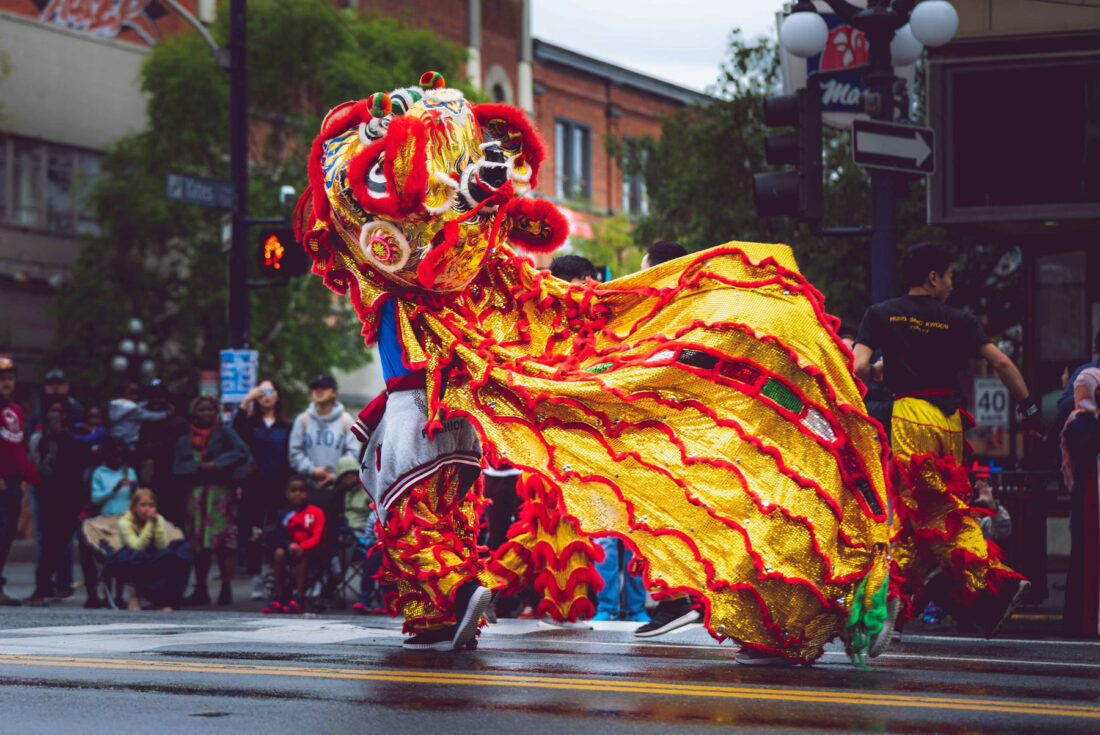
A performance art dating back to more than 1,500 years, the lion dance is a cultural mainstay of the Chinese New Year that comes accompanied by loud cymbals, gongs and drums. While there are a number of regional varieties of the lion dance, the one Malaysians are most familiar with is that of the Southern Chinese tradition. The version involves a brightly coloured lion mascot, made up of two performers, carrying out impressive acrobatics, precise footwork and expressive gestures.
One of the legends behind the lion dance traces back to the aforementioned Chinese New Year villain, Nian, who would ravage farming villages every year. Fed up with the destruction of their fields, crops and farm animals, the villagers decided to fashion a beast of their own to scare away Nian. The animal costume, made of bamboo, cloth and paper, snugly accommodated two people, each playing the role of half a lion. Together with the aggressive banging of pots and pans, the makeshift lion successfully kept Nian away, prompting the tradition of performing the lion dance every Lunar New Year.
Hong Baos (red packets)
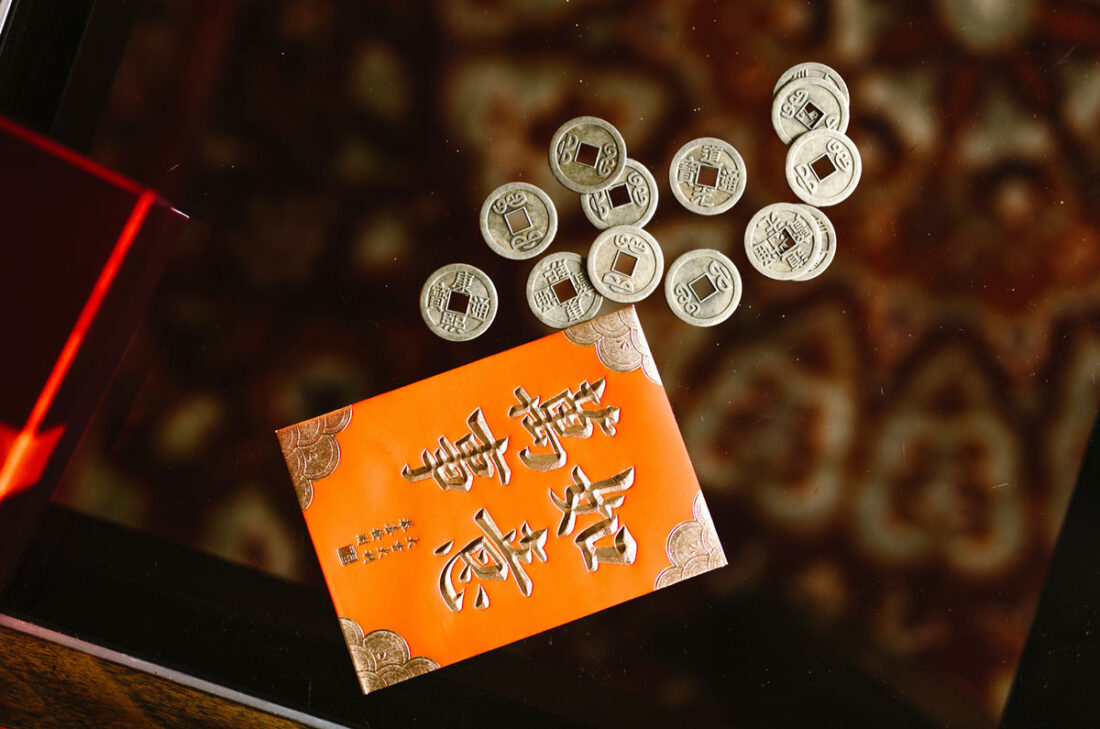
Undoubtedly a highlight of the Chinese New Year season for many, particularly children, the giving of money sealed in red envelopes originates from a story about another demon monster called ‘Sui’. On New Year’s Eve, Sui had a well-known tendency to terrorise children while they slept, so parents would try to keep their kids awake that one night of the year to protect them.
There was one child who gave in and fell asleep, leaving himself vulnerable to the monster. Luckily for him, he had been playing with some coins just before bedtime, so when Sui paid him a visit, the coins on the child’s pillow blinded the demon and drove him away. Since then, the coins known as Ya Sui Qian, which translates to ‘money that crushes Sui’, are given in the symbolic form of red packets filled with money (Hong Bao) to children along with well wishes for the new year.
Firecrackers
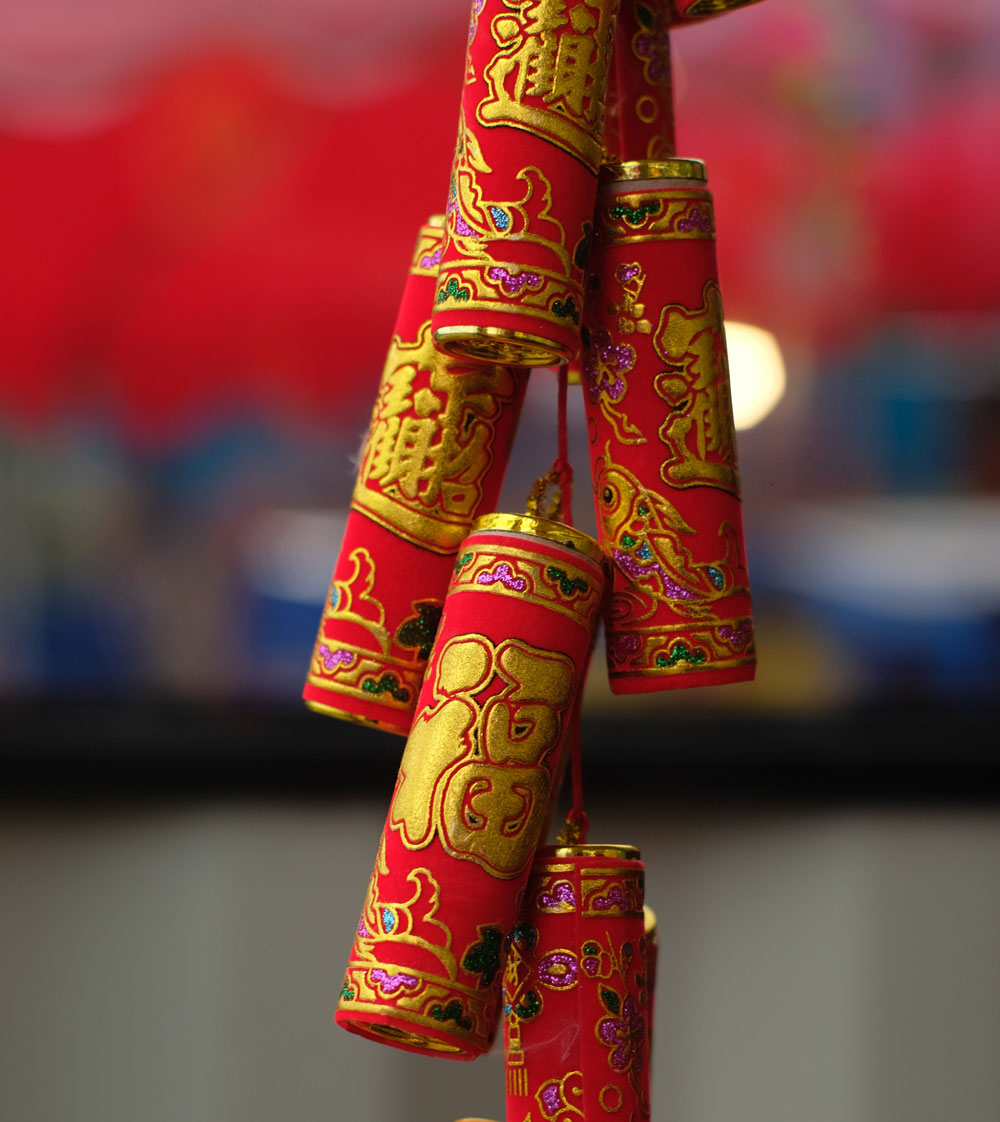
As the inventors of gunpowder, China knows a thing or two about having an explosively good time on festive occasions. An integral part of Chinese New Year celebrations, firecrackers come as bunches of red cylinders that detonate in a joyous cacophony of light, noise, and smoke when lit. Their name, Bao Zhu, which means exploding bamboo in Mandarin, points to the first form of firecrackers used to ward off evil spirits. Bamboo stalks would be thrown on a fire, and due to the hollow air pockets inside, would pop and burst from the heat.
The practice was refined over the centuries as people started pouring gunpowder into the emptied-out bamboo stalks to literally get a bigger bang for their buck. Today, paper tubes are typically used in lieu of bamboo, and the red paper wrapping is often left on the ground for at least a day to avoid ‘sweeping away’ the good luck.
Spring Couplets

Along with the customary red colour so associated with Chinese New Year, homes are often decorated with lanterns, lucky plants, mandarin oranges, intricate paper-cut outs, and large auspicious Chinese characters, such as the upside down ‘Fu’ character, a double entendre that represents ‘blessings arriving’. Doorways might also be flanked by two vertical phrases called Spring Couplets or Chunlian.
The tradition of hanging up Spring Couplets is connected to an ancient legend about a giant peach tree and the spiritual realm. Every morning, spirits roaming the living world would be called back to the ghost world by a rooster crowing from the peach tree. Ghosts returning to the spiritual realm had to first get past two fearsome guards at the entrance, who would throw misbehaving ghosts to the tigers.
Believing that spirits were afraid of the two guardians, people began carving their names onto peachwood and hanging them on either side of their doors to deter the bad spirits from entering their homes. Eventually, the practice evolved into lining door frames with written poems of good wishes on red strips of paper.
Yee Sang

Chinese New Year wouldn’t be Chinese New Year without an endless supply of food. Reunion dinner on the eve of the new year marks the first significant event of the festive season as families gather, reconnect and welcome the new year in each other’s warm company. For Malaysian and Singaporean Chinese communities, the Yee Sang is an essential part of the shared family meal.
Yee Sang as we know it today, is a relatively recent invention, popularised in our local Chinese restaurants around the 1960s. Served as the first course of the meal, the large raw fish salad is tossed using chopsticks as hopeful wishes for the new year are declared. Each individual component of the Yee Sang bears a special meaning that symbolises an element of prosperity, wealth, and longevity.
Earlier versions that bearing some resemblance to the dish are linked to Cantonese and Teochew immigrants to Malaya, who would serve raw fish tossed with a much less elaborate combination of ginger slices, spring onion, sesame seeds, oil, and lemon juice.


